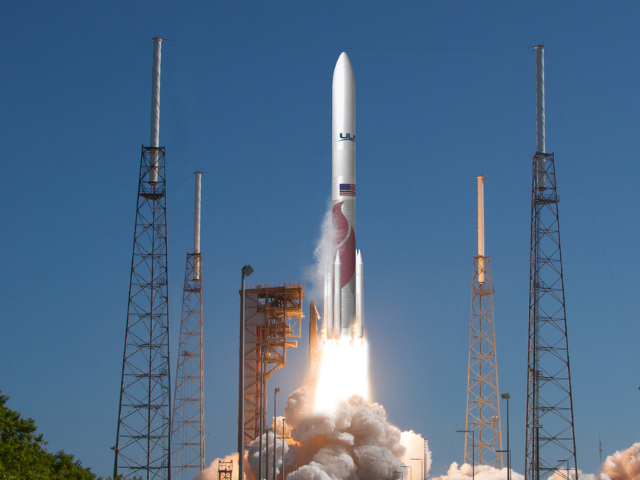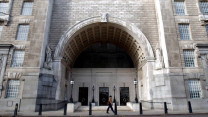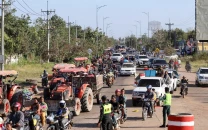Vulcan Centaur completes second test flight despite anomaly with solid rocket booster
United Launch Alliance's second Vulcan Centaur test flight experienced an anomaly

On October 4, United Launch Alliance (ULA) successfully launched its second Vulcan Centaur vehicle from Space Launch Complex 41 at Cape Canaveral Space Force Station in Florida. The test flight, called Cert-2, is critical for certifying the rocket to carry national security payloads. However, an anomaly involving one of the solid rocket boosters (SRB) occurred shortly after liftoff.
The Vulcan Centaur lifted off at 7:25 AM Eastern, after a brief delay for pre-launch checks. ULA CEO Tory Bruno noted on social media that a "transient on a redundant data system" triggered an initial countdown hold, which was resolved before the successful liftoff. The vehicle performed nominally in the early stages of flight, but material appeared to come off one of the two GEM 63XL SRBs 35 seconds after launch, suggesting possible damage to the booster’s nozzle.
Despite the anomaly, the mission continued with a delay of approximately 30 seconds in the separation of the SRBs. ULA did not mention the issue during the ascent, and other events, including the shutdown of the Centaur upper stage’s engines, were behind schedule by up to 20 seconds. Bruno later acknowledged the issue in a webcast after the second Centaur burn, saying, “We did have an observation on SRB number one, and so we will be off looking into that after the mission is complete. Other than that, the flight was nominal.”
The Cert-2 mission carried a mass simulator and instrumentation for testing. ULA aims to secure Space Force certification for the Vulcan Centaur by the end of the year.



















COMMENTS
Comments are moderated and generally will be posted if they are on-topic and not abusive.
For more information, please see our Comments FAQ